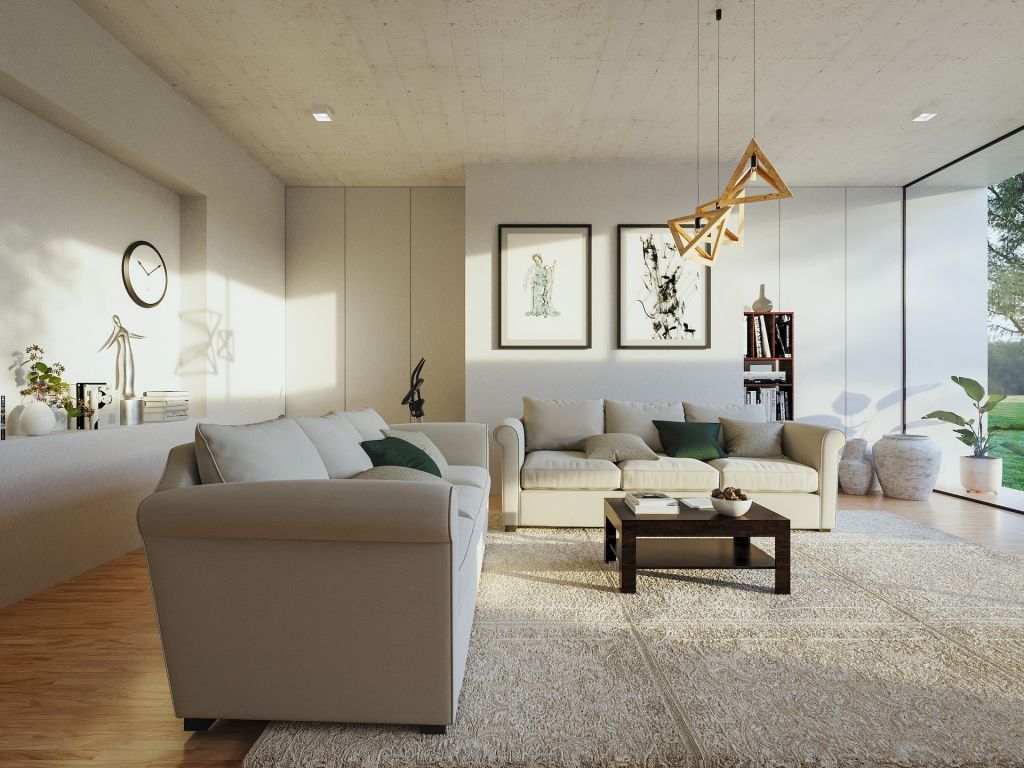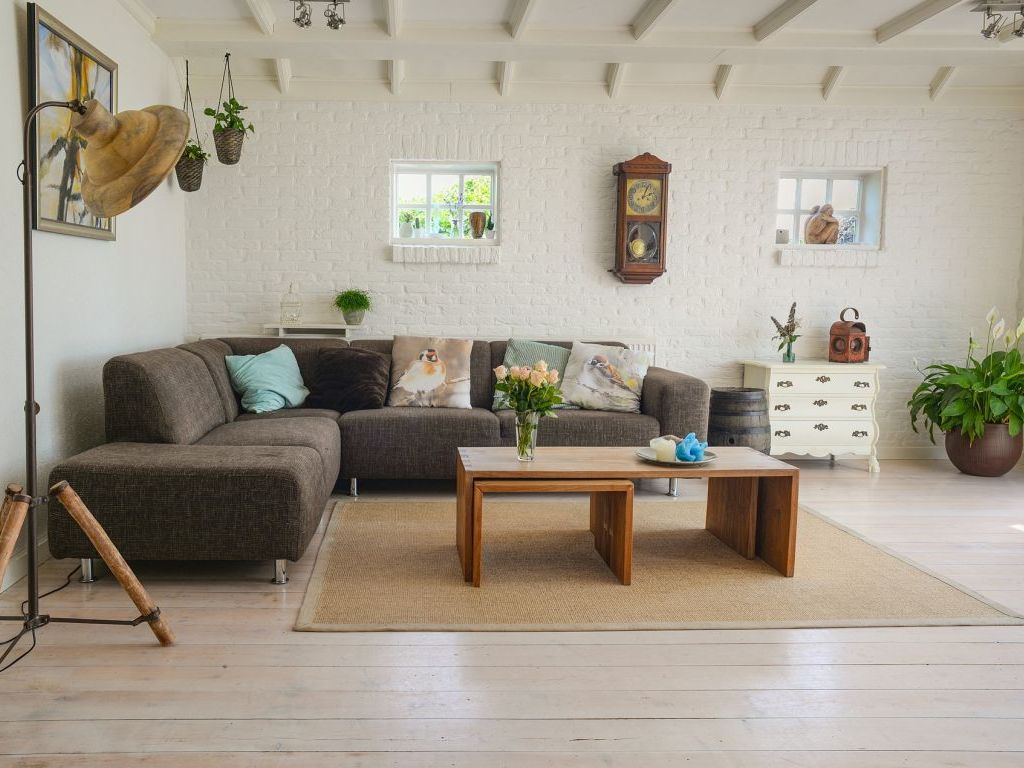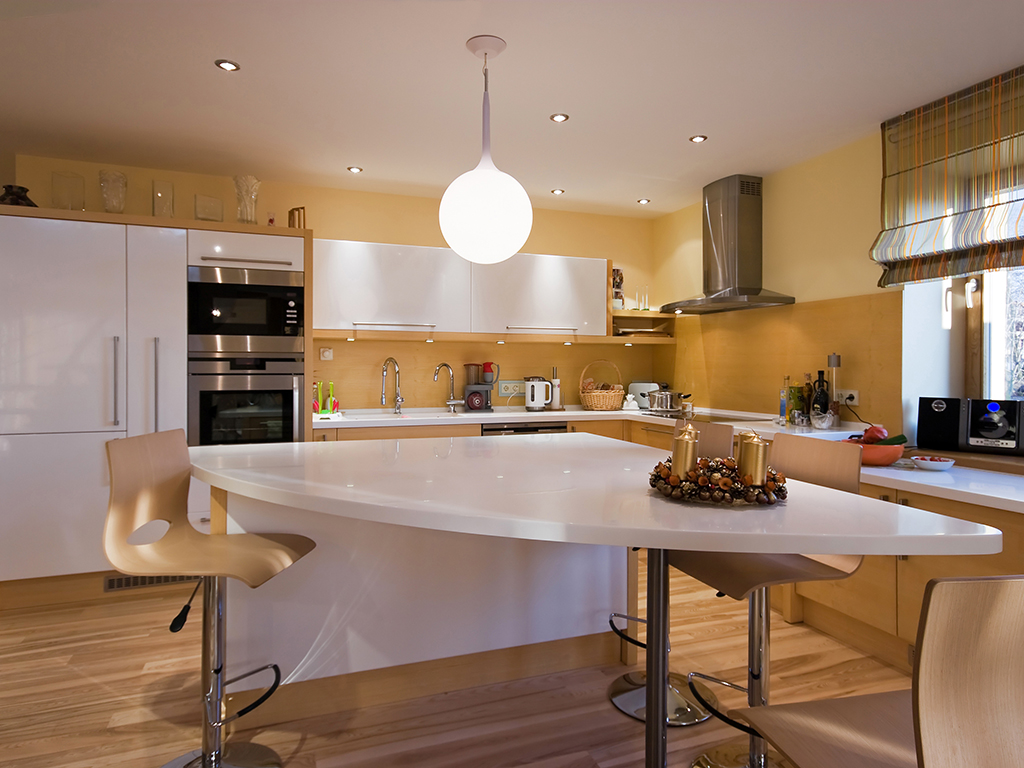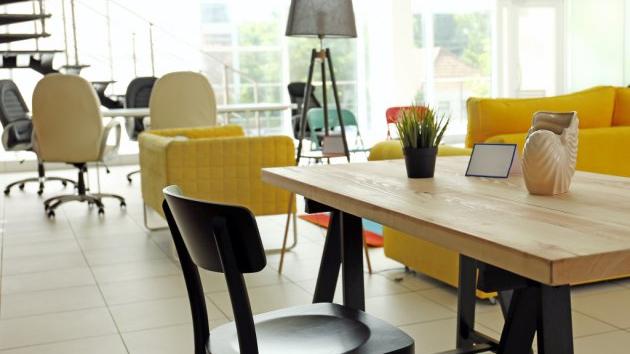Furniture industry in Serbia - We export most to Romania, import from Poland, and the Czech Republic is a surprise
 Thursday, 21.09.2023.
Thursday, 21.09.2023.
 15:41
15:41

Turnover in the country amounted to RSD 60,175 million (about EUR 512.5 million), which is an increase compared to 2021, when the turnover of furniture in the retail trade amounted to RSD 52,520 million (EUR 447.3 million).
Has the furniture industry in Serbia been growing in recent years, can domestic manufacturers compete with global chains, what is produced the most, to which country we export the most, what is needed to make this industry more competitive - these are some of the questions that the eKapija portal investigates.
As we found out, the domestic manufacturers of serial plate furniture are the leaders in the region, while the manufacturers of solid wood furniture are most focused on the foreign market of the European Union. We export the most to Romania, but the most expensive is the furniture that goes to the Czech Republic. When it comes to exported quantities, kitchen furniture is second only to business furniture.
We import three times less furniture than we export. We import the most from Poland and China, from which we imported furniture worth EUR 45.8 million last year, and exported only 116 tons worth EUR 751,000. On the domestic market, furniture from Serbian manufacturers is traditionally the most represented.
For furniture made of solid wood, the focus is on the EU
According to data from the APR, around 3,000 companies are actively operating in Serbia whose business is furniture production. In addition to this activity, more than 5,600 companies operate in the field of wood processing.
Nataša Govedarica, secretary of the Association for Forestry, Wood Processing and the Furniture and Paper Industry of the Serbian Chamber of Commerce, tells the eKapija portal that this year around 22,000 workers were employed in the furniture industry and another 17,500 workers in the wood processing sector.
- Bearing in mind that this is a particularly strong SME sector, and that, from year to year, the problem of lack of qualified labor is expressed, this is a good trend, because in the last five years employment has been steadily increasing slightly - our interlocutor notes.
Data from the Republic Institute of Statistics show that exports are also increasing, from RSD 65.9 billion in 2021 to RSD 80.1 billion in 2022. Most furniture was exported to Romania (20,794 tons), followed by Italy (11,429 tons) and Germany (10,938 tons). The only two countries where Serbia exported more than 10,000 tons are Bosnia and Herzegovina and Croatia. However, even though we exported the most furniture to Romania, the highest value is the furniture exported to the Czech Republic, where the value of 4,315 tons of furniture is 103.6 million EUR. In second place is Italy with EUR 62.1 million, and in third place is Germany with EUR 56.5 million.

As our interlocutor explains, manufacturers of upholstered and panel furniture focus largely on the domestic and regional market, while manufacturers of solid wood furniture focus mostly on the foreign market of the European Union, mainly the Austrian and German markets.
- When we look at the export of furniture by country (customs tariff 94), we see that the markets with the largest exports are the Czech Republic, Germany, Italy, Romania, Spain, but this does not refer to wooden furniture, but to the export of seat parts for the automotive industry, mainly from plastic mass. The largest export of wooden furniture was to the countries of the former SFRY - explains Govedarica.
When it comes to groups of furniture, kitchen furniture (14.1 million EUR) was exported in the lowest value, followed by furniture for business premises (19.4 million EUR), mattresses (41.1 million EUR), while the most was in the category Other furniture (607.4 million EUR).
- Production processes, as well as design in the furniture industry, follow global trends, in all areas of production, from solid wood, through panel furniture, to upholstered furniture. The sub-sectors of the furniture industry are very diverse. The quality, price and design of the furniture depend on the market to which they gravitate - says Govedarica.
Most of our imports come from Poland and China
Along with exports, the import of furniture is also growing, so in 2021 it amounted to RSD 21.1 billion, and a year later to RSD 26.3 billion. We imported the most from Poland (16,048 tons), China (11,153 tons, and we export only 116 tons), Turkey (8,819 tons) and Bosnia and Herzegovina (5,358 tons). The highest value of imported furniture is from China 45.8 million EUR, Italy 34.9 million EUR, Poland 31.3 million EUR, Turkey 28.8 million EUR.
However, on the domestic market, traditionally, the furniture of Serbian manufacturers is the most represented, our interlocutor notes. According to her, domestic producers follow global trends in the production of furniture, which is almost indistinguishable from imported furniture.
- With the standard of quality, service quality and prices, they are extremely competitive in our market, and the decision to buy a product depends on the consumers themselves. Serbian furniture manufacturers are very competitive on the regional market as well. Domestic producers of serial panel furniture are leaders in this subsector of production in the region. Also, in certain groups of products, such as first of all solid wood furniture, Serbian products are in high demand in the demanding European Union market, thanks to excellent quality, good design and product prices - notes Govedarica.

As our interlocutor says, one of the challenges for maintaining and strengthening competitiveness in this industry in the coming period will be reflected in investing in the education of professional staff, and strengthening production capacities through investments in the digitization of production processes. A trend that is also present in the world is related to sustainability, the use of recycled and natural materials.
- The furniture industry in itself is largely a sustainable industry, primarily due to the use of wood as a natural material. For other raw materials, there may be a good way of recycling them or reusing them as parts of the basic products. There are currently pioneering entrepreneurial ventures in the restoration of old pieces of furniture, as a form of sustainability of these products. For other trends in furniture recycling, it will be necessary to wait a certain time in order to define the use of new types of recycled materials in this industry - concludes Nataša Govedarica, Secretary of the Association for Forestry, Wood Processing and the Furniture and Paper Industry PKS.
M. Dedić

Click here to see the entire Special Edition Newsletter
"INTERIOR AND EXTERIOR - Inspirational spaces give birth to good ideas"
 Republički zavod za statistiku
Republički zavod za statistiku
 Privredna komora Srbije
Privredna komora Srbije
 Udruženje za šumarstvo, preradu drveta, industriju nameštaja i papira PKS
Udruženje za šumarstvo, preradu drveta, industriju nameštaja i papira PKS


 Izdanje Srbija
Izdanje Srbija Serbische Ausgabe
Serbische Ausgabe Izdanje BiH
Izdanje BiH Izdanje Crna Gora
Izdanje Crna Gora


 News
News








